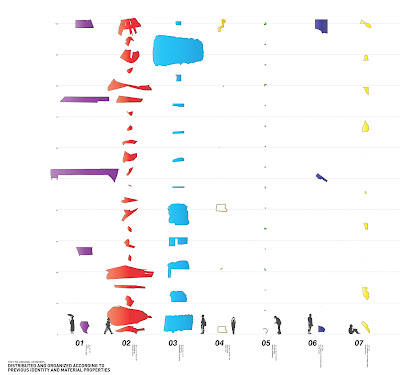Like any colonized territory, Nigeria has been subjected incremental reformulations of the citizens' collective memory. In other words, the past is systematically altered or erased. the objective of these interventions is to search for ways to move/look forward, while simultaneously commemorating the heritage of the nation with symbols that typically fall short of recalling anything truly authentic or accurate. what i'm really curious about is how the regular folks feel about this, and for that matter, how does it make the people making these changes feel?
For example, the original name of the place called Lagos is Isale Eko, or the town of Eko. this name allowed the citizens to claim ownership of it, and helped establish another boundary between itself and the outsiders that collected there. it was the Portuguese who applied the name Lagos after a city in portugal, where lagos is Portuguese for lagoon. dissociation and reinvention are inextricably tied.
Above all, what's most interesting and relevant to this discussion is how the Nigerian authorities conceived, planned, produced and appropriated an ideology of nationalist architecture and planning in Abuja. this approach began with the images of the master plan that were both propagandistic (probably not a word) and alluring, and has continued to this day with the demolition of self-organized settlements that have sprung up on the exterior of the city. The State is so completely self-aware of these images, and has worked extremely hard to present itself in a way that contracts the imagery and negative stigma that Lagos helped create.
in any case, i have definitely spent entirely too much time looking at the history of the city and its relationship with itself and the history of Nigeria, which has taken me away from several relevant books and articles related to food, fuel and finance. Nevertheless, I know it's not too late to use this external information to guide the project.

































